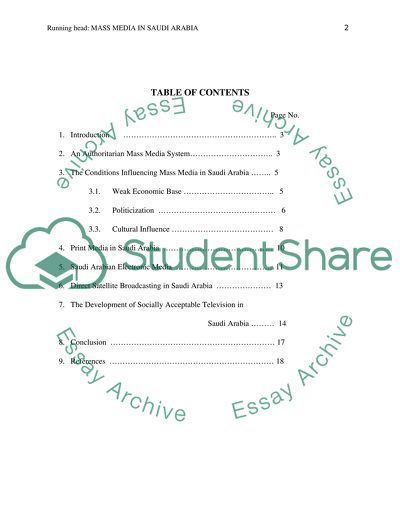Cite this document
(“Mass media in Saudi Arabia Research Paper Example | Topics and Well Written Essays - 3750 words”, n.d.)
Retrieved de https://studentshare.org/journalism-communication/1392319-mass-media-in-saudi-arabia
Retrieved de https://studentshare.org/journalism-communication/1392319-mass-media-in-saudi-arabia
(Mass Media in Saudi Arabia Research Paper Example | Topics and Well Written Essays - 3750 Words)
https://studentshare.org/journalism-communication/1392319-mass-media-in-saudi-arabia.
https://studentshare.org/journalism-communication/1392319-mass-media-in-saudi-arabia.
“Mass Media in Saudi Arabia Research Paper Example | Topics and Well Written Essays - 3750 Words”, n.d. https://studentshare.org/journalism-communication/1392319-mass-media-in-saudi-arabia.


